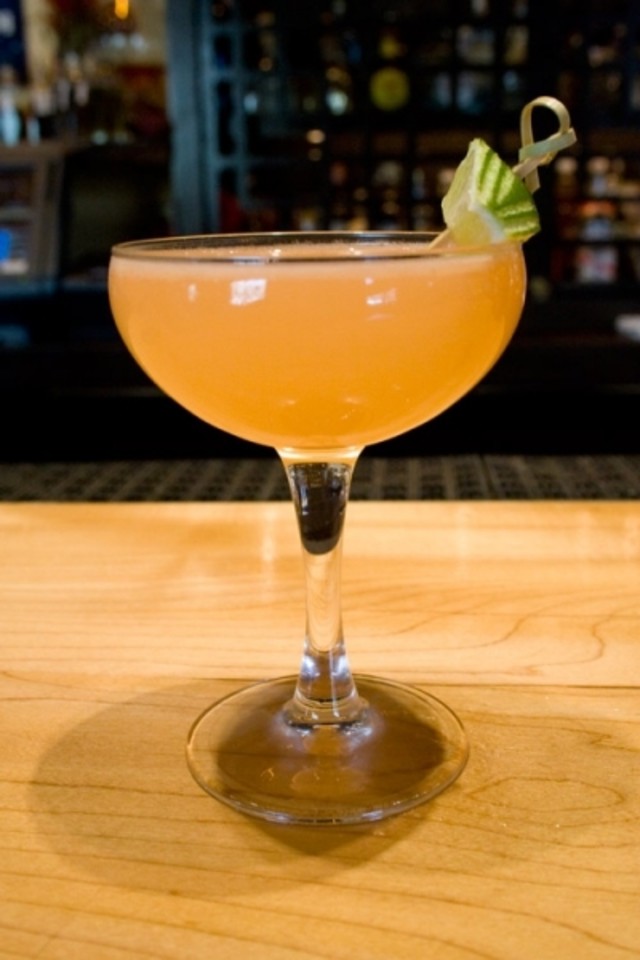Gin Cocktails and the Importance of Interplay

A pegu club cocktail from Pegu Club.
Photo courtesy: Eats.com
I recently listened to a talk by Audrey Saunders about making gin cocktails. For context, Saunders is the owner of the Pegu Club, a NYC craft drinks destination that she named for a classic cocktail of gin, curacao, lime juice, and two kinds of bitters. (Read its history here).
The Pegu club was Saunders’ eureka cocktail—the one that made her understand the flavor power of a well-made gin drink and inspired her to create a menu that celebrated gin cocktails. These days, she’s a major authority on the spirit. (She’s also, incidentally, engaged to a Seattleite—DrinkBoy’s Robert Hess.)
Saunders’ talk focused around which gins to use in which drinks. The basic point: a very muscular gin in a drink otherwise made up of soft ingredients will knock out all the other flavors. A soft gin in a cocktail with bolder ingredients will be overpowered by those other ingredients.
Consider the gin and tonic. If your house gin is a powerhouse (Saunders used the example of Beefeater and Tanqueray, parent company Pernod Ricard was sponsoring the event), you want a stronger tonic, she mentioned Schweppes. For a softer gin like Plymouth (also a Pernod Ricard brand), you can go with a gentler tonic like Fever Tree.
I love this point because it’s an easy way to bring an element of advanced bartending—careful consideration of the interplay between ingredients—to your home. You can go to DeLaurenti and throw down $8 for a four pack of Fever Tree—it’s a good product—but it may not necessarily be the wisest choice for getting the most of your gin and tonic. If you’re into quieter gins, however, it could be worth it.
How to apply this wisdom when ordering cocktails at the bar? It’s not always easy. I recently went to a local bar that bills itself as a craft cocktail bar, and asked for a negroni. “Do you have a gin you recommend for negronis?” I asked.
Saunders had said that a negroni needs a gin “with a botanical profile that can stand up” to Campari—she suggested Beefeater. So I was curious to see what the bartender would recommend. He told me all the gins he had would taste good in a negroni, it depended on what kind of gin I like. Not every bartender, in other words, is going to come at you like Saunders, with a cocktail geek’s zest for exploring what tastes best where. But if you’re into the idea, why not experiment with different bottles? Maybe your favorite gin and tonic or French 75 gin isn’t the one to order when you’re in the mood for a negroni or a pegu club.
